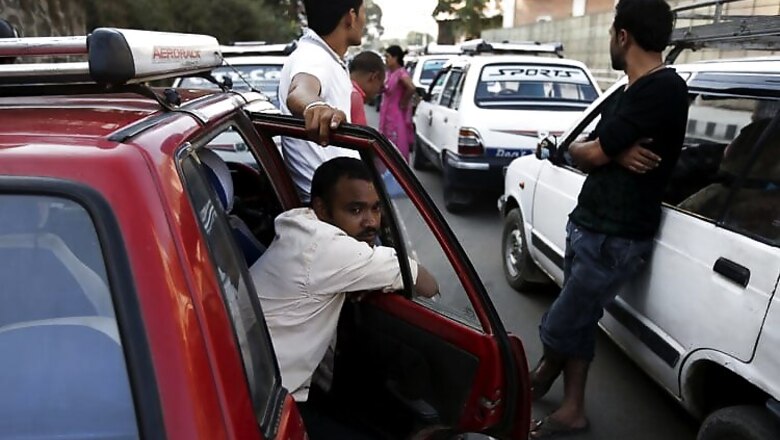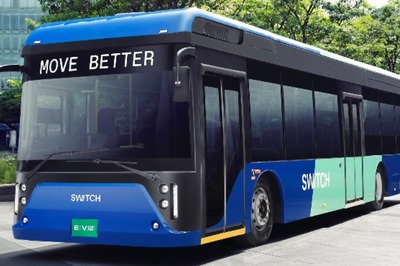
views
Kathmandu: With significant improvement in supplies from India, Nepal today ended its five-month-long rationing of fuel imposed after the turbulence over the new Constitution saw a crippling blockade of key border trade points and violent protests in the landlocked country.
This is good news to thousands of people in the Himalayan nation who, under the quota, were getting merely five litres of petrol for two-wheelers and 15 litres for four-wheelers at a time besides half-filled LPG cylinders. Motorists will now get any amount of fuel, while households can buy fully filled cooking gas cylinders.
Stating that supply of petroleum products from Indian Oil Corporation (IOC) is increasing with every passing day after the blockade was lifted nearly a fortnight ago, Ministry of Supplies (MoS) took the decision to this effect yesterday.
"We have ended quota system in distribution of petroleum products," MoS spokesperson Deepak Subedi said, adding: "We have allowed gas bottlers to circulate full cylinders and also directed Nepal Oil Corporation (NOC) as well as petrol pumps to distribute fuel as per the demand of the consumers."
"We are currently receiving 70 per cent of the demand. The quantum of supply is on the rise," Subedi said. According to NOC, normal daily demand of petrol and diesel stands at around 1,100 KL and 2,700 KL, respectively. Similarly, daily demand for LPG is around 1,200 tons. NOC has been distributing 450 KL of petrol and 500 KL of diesel in the
Kathmandu Valley every day which is higher than the demand of 350KL of petrol and 450KL of diesel on normal days. IOC is loading 45 gas bullets a day, compared to 60 bullets before the blockade, My Republica reported. "We have also asked NOC to maximise the supply of petrol," Subedi added.
The MoS stated that it had instructed NOC to end fuel rationing in the hope that the length of serpentine queues
seen outside fuel stations would gradually shorten if vehicle owners were allowed to refill as per their need in one go.
NOC had imposed fuel rationing after its storage started dwindling along with the disruption in supply from India in the last week of September due to the blockade by agitating Madhes-based parties over the new Constitution which divides their ethnic homeland.
The Madhesis, who are largely of Indian-origin, claim that the statute does not give them adequate representation. The lifting of rationing of fuels is seen by many as a brief respite from the nearly five-month-long violent protest that claimed over 50 lives as the Madhesis have warned of resuming their agitation if their demands are not met.
Today's significant development comes as Nepalese premier is on his maiden trip to India to ease strains in ties that had cropped up during the agitation. Supply Minister Ganesh Man Pun said the removal of the quota system was mainly aimed at discouraging motorists to hoard fuel.
"If motorists get a full tank of fuel, chances of hoarding will be minimised," he said, adding it would take some time for the fuel distribution to normalise. Amid the crippling blockade in the landlocked Himalayan nation, there were also complaints of rampant black-marketing and hoarding.
The prolonged fuel crisis led Nepal to seek help from its northern neighbour China that chipped in to ease the scarcity, ending India's monopoly over supplies to the Himalayan nation.




















Comments
0 comment